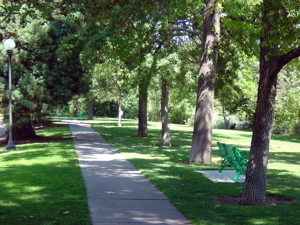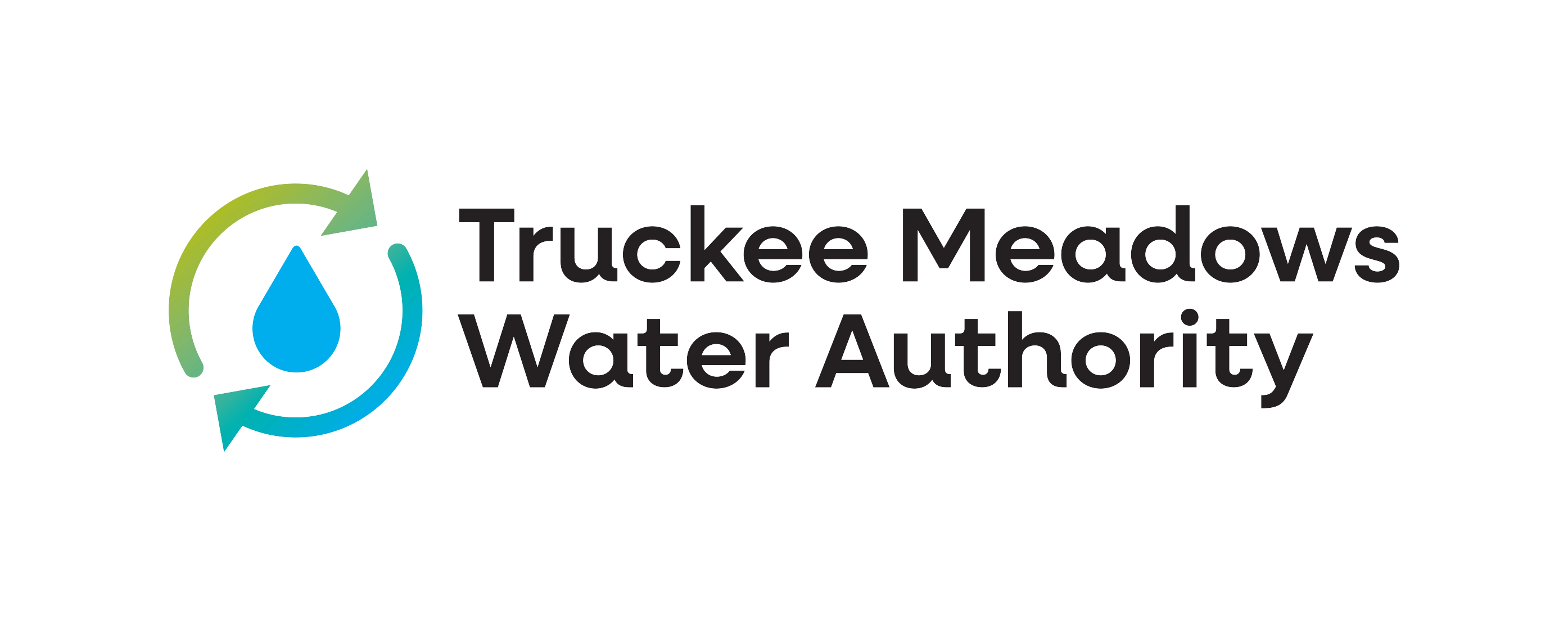 Just about everyone knows what a forest is – a collection of growing trees. “Community forest” is the term used to describe a collection of trees growing in and around an urban or suburban area. It’s the trees that dot our yards, line our streets, and fill our parks with beauty and shade. Technically speaking, a community forest includes all the vegetation growing on both public and private areas in an inhabited place. It includes not only trees, but recognizes shrubs, grasses, flowers, and native vegetation as well.
Just about everyone knows what a forest is – a collection of growing trees. “Community forest” is the term used to describe a collection of trees growing in and around an urban or suburban area. It’s the trees that dot our yards, line our streets, and fill our parks with beauty and shade. Technically speaking, a community forest includes all the vegetation growing on both public and private areas in an inhabited place. It includes not only trees, but recognizes shrubs, grasses, flowers, and native vegetation as well.
Community forests are important to an area’s quality of life, they are part of the “urban ecosystem.” Imagine what your neighborhood would be like if there weren’t any trees in it. A healthy community forest is an important part of the environmental and economic vitality of cities and towns across the country.
In the Truckee Meadows, our community forest does not occur naturally as it does in the Sierra Nevada or the Pacific Northwest. Much of Nevada is a dry, high-desert ecosystem where few trees grow on their own. Our community forest depends on people planting, caring for, and watering their trees. Sustaining the health and vigor of our region’s tree canopy is the combined responsibility of residents, business owners, nurseries, landscapers, and governments!
The majority of the community forest in the Truckee Meadows is growing in on private lands: in the front and back yards of homes and in common areas managed by homeowner’s associations. We also have trees growing in parking lots, next to shops, businesses and malls, and around our offices and industrial areas. Our public trees are found in parks, along our streets, and lining the Truckee River. This part of the community forest is primarily managed by our municipal governments (Washoe County and the cities of Reno and Sparks), however, residents may care for some of these trees as well. The cities and county require trees and other vegetation be incorporated into new development projects in our community.
The community forest is an important part of our urban infrastructure just like our buildings, streets, sewers, and lights. As such, trees are an investment that requires maintenance. Unlike other investments, the value of trees increases through time. As trees grow and mature, the benefits they provide, such as shade, becomes greater and greater.
Read more about community forestry at the US Forest Service’s Urban & Community Forestry.
